When applying to colleges, many high school students struggle with navigating what can often be a complex and arduous process. The “how” of getting into college is often unclear, and there is no one set of requirements that guarantees acceptance to any given school. The process of applying to graduate school, specifically medical school, isn’t much easier, though- and many students who attend UC San Diego are on the pre-medical track, meaning that they aim to attend medical school and become a doctor someday.
UCSD is highly reputable, especially in the fields of biology and chemistry, and the UCSD School of Medicine is ranked among the top 20 medical schools in the country. The prestige of the medical sciences programs at UCSD, however, means that the school is highly competitive for those looking to venture into the medical field. While there are, of course, steps one can take to bolster their chances of being accepted, there is never a guarantee. There are many students who are on the pre-medical track at UC San Diego, and a commonly occurring sentiment among these students is that they wish that medical schools would be more clear and upfront with their expectations.
The field is highly saturated, meaning that students view the pursuit of advising services as a necessity. However, it can be hard to come by due to the sheer volume of students who are seeking guidance on entering the medical field. Saloni Patel, an Eleanor Roosevelt College freshman majoring in cognitive science, echoed this sentiment.
“I wanted personalized advice, but I found that [the pre-medical advising] reiterated information that I had already found online,” Patel explained. “It’s hard because of how many students there are.”
Applying to medical school can be just as confusing as applying to colleges for the first time since there is no singular set of published expectations — such as a number of volunteering hours or amount of clinical experience — that all schools seek. These requirements can range from clinical experience to having one’s research published.
Julia Dimino, a Sixth College junior majoring in cognitive and behavioral neuroscience, described the process as daunting.
“There are so many ‘unofficial’ official requirements,” Dimino said. “For example, you should have a hundred hours shadowing, but that’s not ever defined as required and can vary from school to school.”
Clinical experience is one of many requirements that medical schools often seek in their top applicants. Schools often look for applicants who have poured hundreds of hours, if not more, into volunteering — oftentimes including non-medical contexts.
“It’s usually to see if you really care about the community. If you’re volunteering at a homeless shelter, then that shows that you just really want to give back,” Patel said.
Patel went on to explain that if an applicant is part of a minority group, then schools often expect them to indicate a sentiment that they want to give back to “their people.” There is a very heavy emphasis on helping the group of people whose shoulders you stood on, which can be difficult to navigate because of the varying needs of different minority groups.
It can also be challenging for students to develop a diverse resume while still being dedicated to clubs and organizations that are outside of the medical field: students who are not fully set on whether they want to go to medical school or pursue another career path may experience confusion in this regard. Revelle College junior and human biology major Sophie Nourbakhsh said that she has found a balance that works for her.
“UCSD does offer a lot of clubs and resources for students who are pre-health,” Nourbakhsh said. “I’m in the pre-dental organization, which allows me to get free clinical experience through the free clinic system.”
Being at UCSD, however, is an advantage for students who are looking to get in more volunteering or clinical hours. The campus is near a multitude of hospitals and clinics, many of which are looking for students to assist in their daily operations.
Alongside the expectation of clinical work, the course load as a student on the pre-medical track can often be equivalent to picking up an additional major, especially if a student is not a biology major. Medical schools “highly recommend” courses such as biochemistry or molecular biology, which non-biology majors often must go out of their way to take.
However, the pre-medical track is no walk in the park for biology majors, either; the breadth of requirements that the pre-medical track demands are not all within the subject field. Physics and organic chemistry, in particular, are courses that biology and non-biology majors alike struggle with.
“I hate physics; I never shy away from saying that,” Dimino said. “It’s really daunting to take a class that you may not do well in, especially when I’ve heard stories of medical school interviews where you’re asked, ‘why didn’t you get an A in this class?’”
These demanding requirements often result in a lack of flexibility for undergraduate students who are unsure if they want to be on the pre-medical track or venture into other related fields, such as dentistry. While different tracks have some classes that overlap, they are otherwise very distinct in their requirements.
Taking classes outside of major requirements can, however, greatly assist students when taking the Medical College Admission Test. Being mindful of the courses one takes during their undergraduate studies can boost their scores. For example, a major component of the exam is based on concepts that are taught in genetics classes, so taking a course in genetics can aid in preparation for the exam. Since genetics classes are not a part of the curriculum of most majors, meticulous and careful planning is of utmost importance for those hoping to pursue the medical sciences.
Despite the plethora of requirements and the hardships that come with them, mentorship programs such as the Biology Undergrad Mentor-Mentee Program can help students navigate the pre-medical track and all of its caveats. Natasha Landini, a sophomore human biology major from Revelle College, was able to use this program to her advantage.
“I found a medical student at UCLA who went to UCSD as well,” Landini said. “She did help me a lot during my first year. I feel like programs like that are really helpful, but you really need to look for it.”
While the path to becoming a doctor is not easy, the medical field is highly rewarding.
Patel volunteers at Scripps Memorial Hospital La Jolla a few times a week, an experience she has come to greatly value.
“I get to help people, and sometimes I get to witness such sweet moments — I met a woman who always wore red so that her husband, who is colorblind, could always find her in public,” she said.
Being on the pre-medical track at UCSD is no small task, and students who undertake it work towards their goals of helping the broader community despite the multitude of challenges they face.



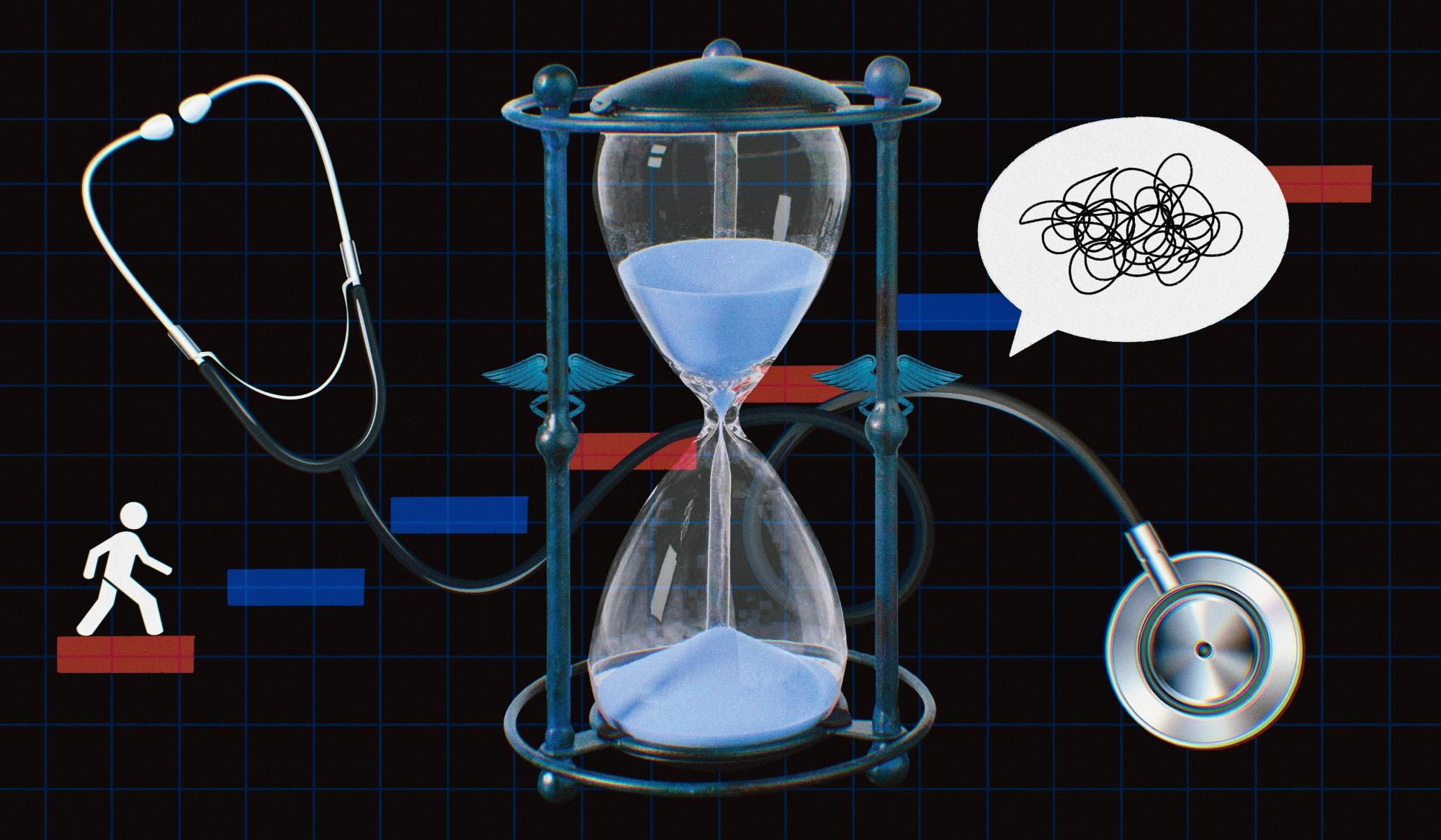
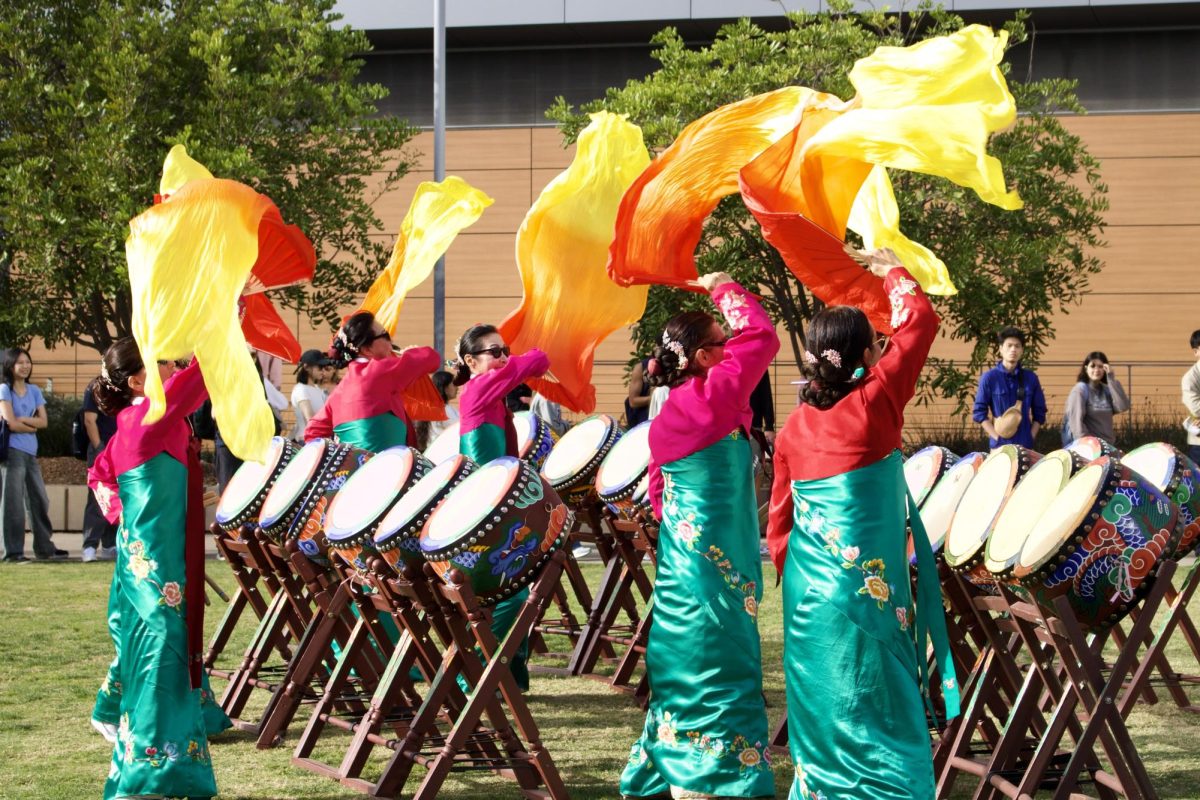
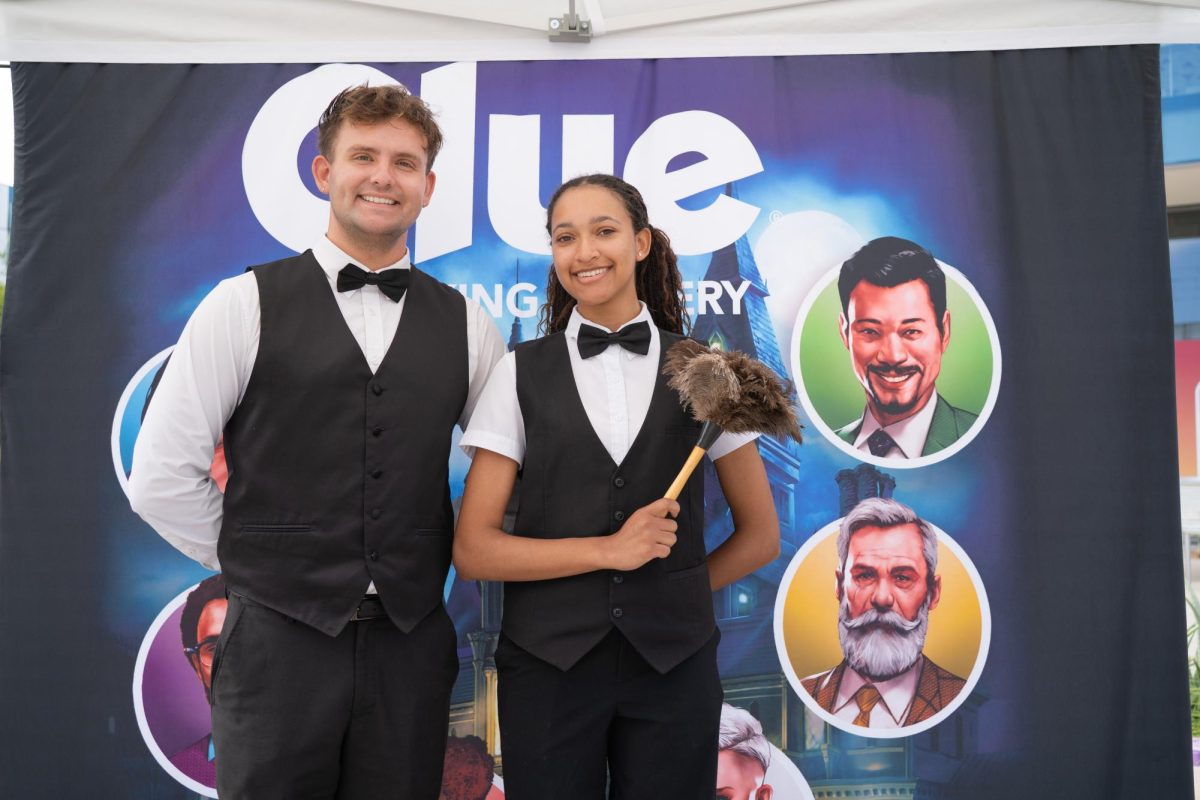
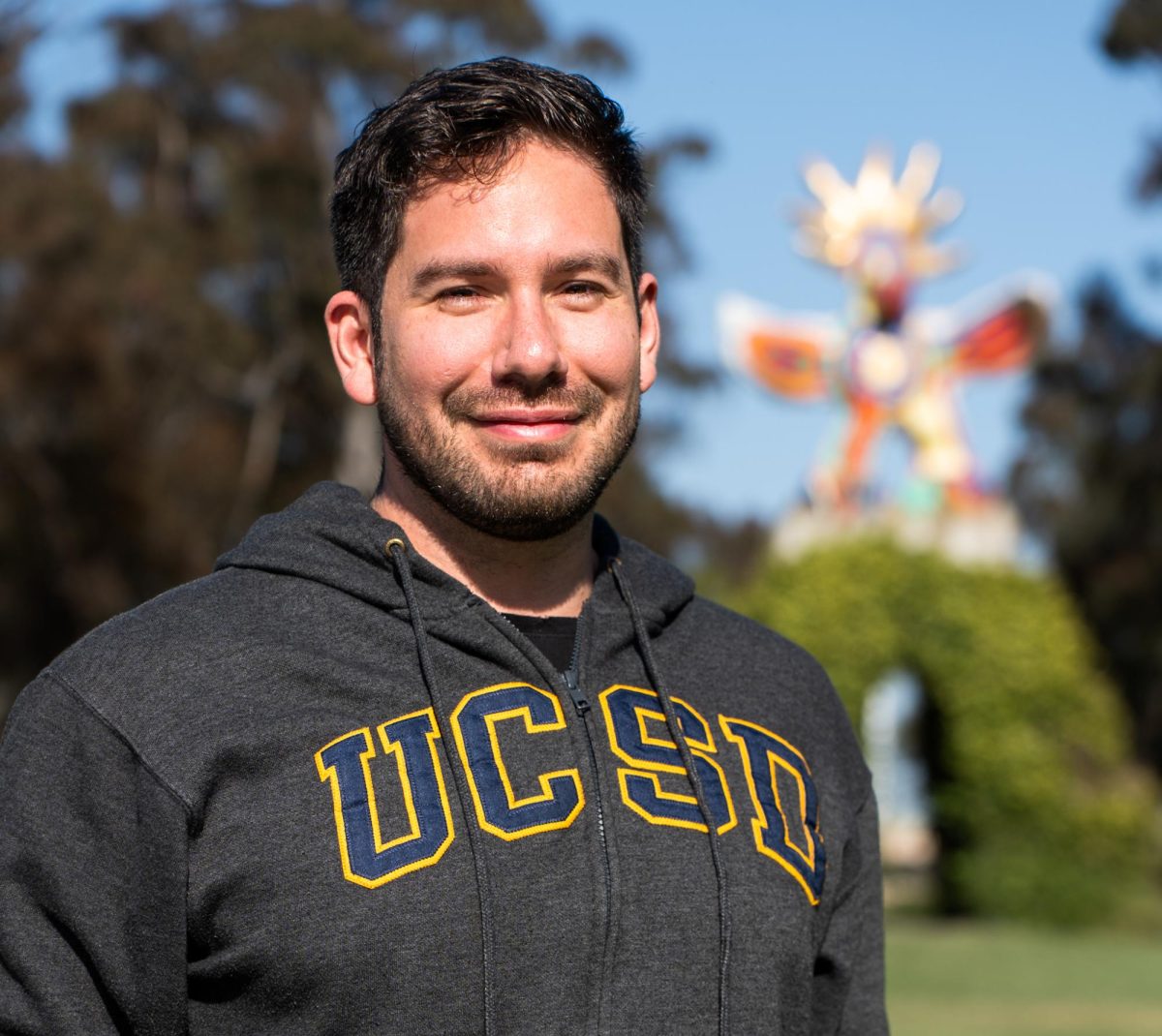
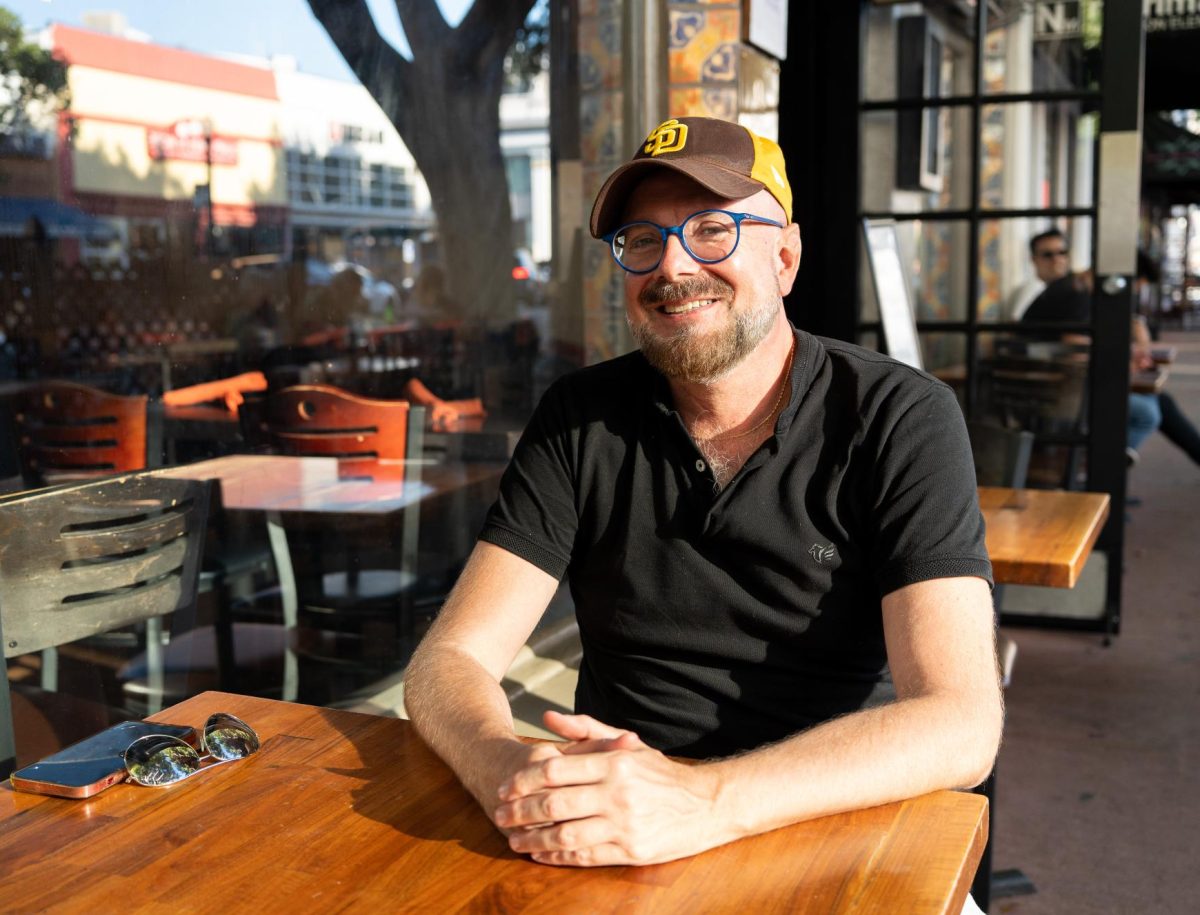

Dp • Sep 7, 2024 at 4:14 am
More focus should be given to MCAT which I believe is a level playing ground instead of GPA which can be manipulated and standards vary from mediocre to good universities in awarding the grades.